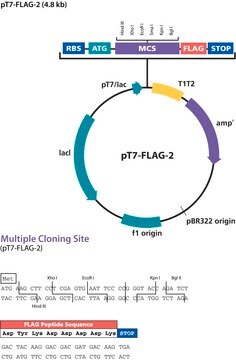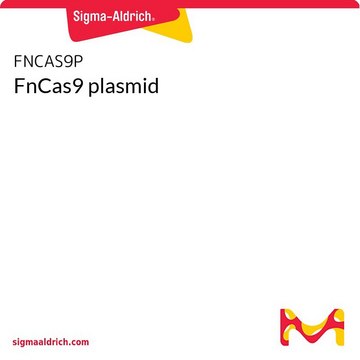OGS589
PBR322 - PBR322 LOW COPY CLONING VECTOR
plasmid vector for molecular cloning
Synonym(e):
cloning vector, expression vector, molecular cloning vector, plasmid, plasmid vector, snapfast vector, vector
About This Item
Empfohlene Produkte
Form
buffered aqueous solution
Mol-Gew.
size 4361 bp
Bakterienauswahl
ampicillin
Replikationsursprung
BR322 (15 copies)
Peptidspaltung
no cleavage
Reportergen
none
Versandbedingung
ambient
Lagertemp.
−20°C
Allgemeine Beschreibung
Promoter Expression Level:
Anwendung
Sequenz
Hinweis zur Analyse
Ähnliches Produkt
Lagerklassenschlüssel
12 - Non Combustible Liquids
Flammpunkt (°F)
Not applicable
Flammpunkt (°C)
Not applicable
Analysenzertifikate (COA)
Suchen Sie nach Analysenzertifikate (COA), indem Sie die Lot-/Chargennummer des Produkts eingeben. Lot- und Chargennummern sind auf dem Produktetikett hinter den Wörtern ‘Lot’ oder ‘Batch’ (Lot oder Charge) zu finden.
Besitzen Sie dieses Produkt bereits?
In der Dokumentenbibliothek finden Sie die Dokumentation zu den Produkten, die Sie kürzlich erworben haben.
Unser Team von Wissenschaftlern verfügt über Erfahrung in allen Forschungsbereichen einschließlich Life Science, Materialwissenschaften, chemischer Synthese, Chromatographie, Analytik und vielen mehr..
Setzen Sie sich mit dem technischen Dienst in Verbindung.








